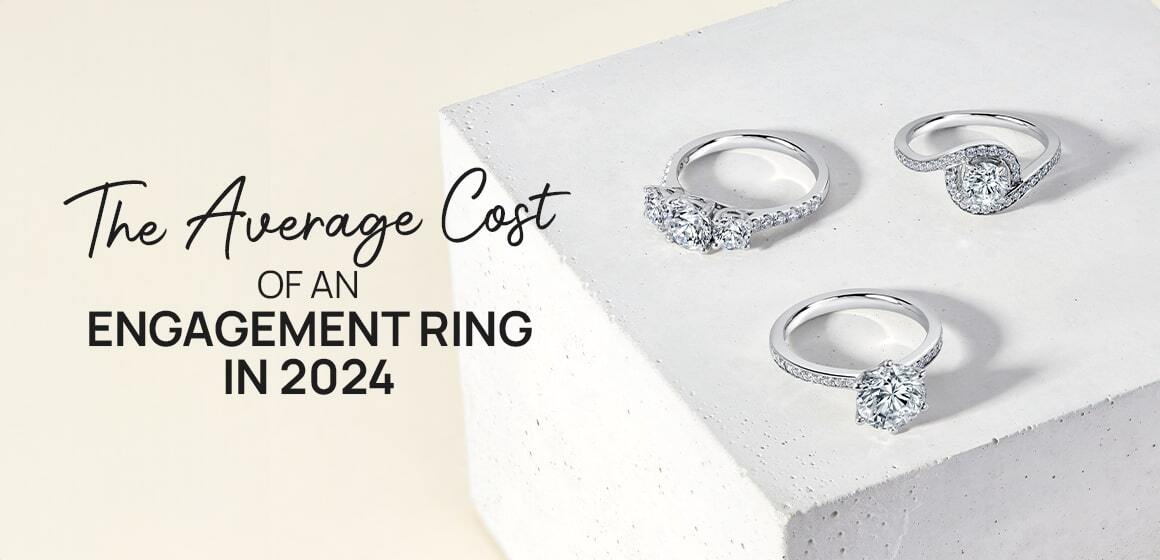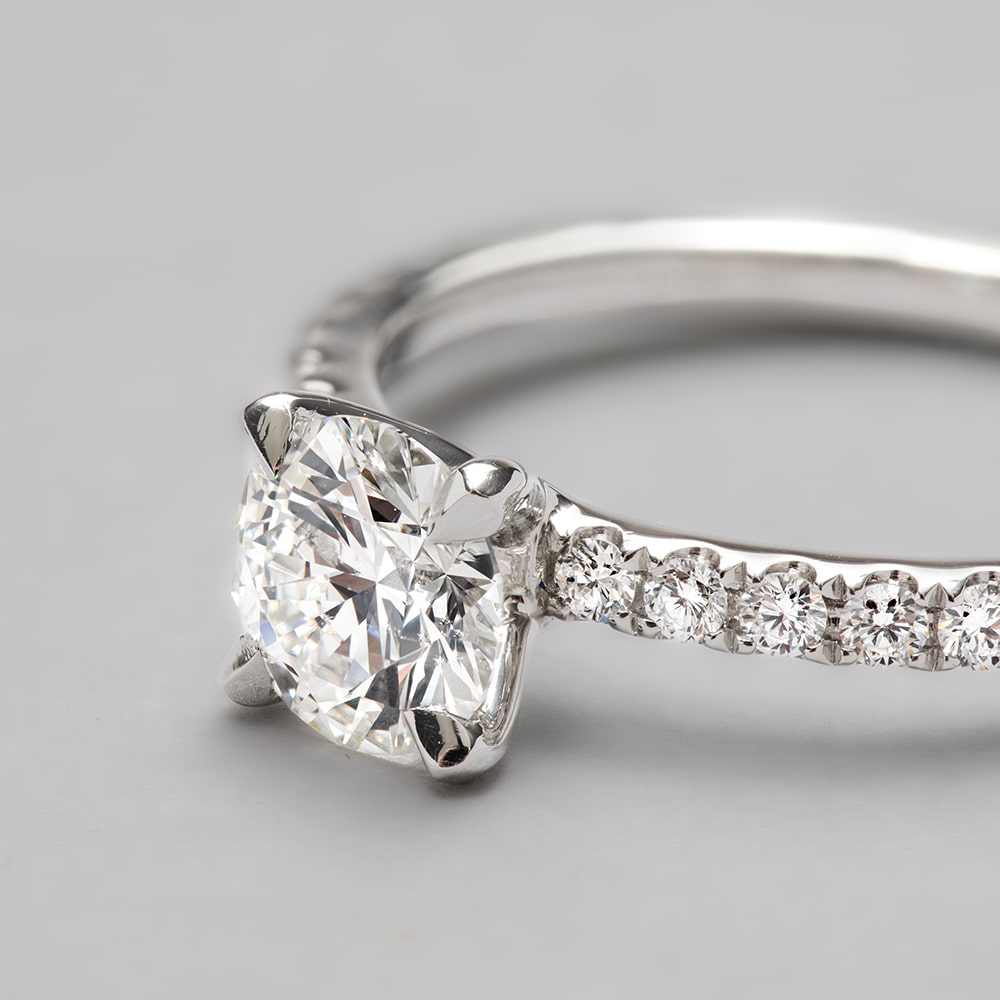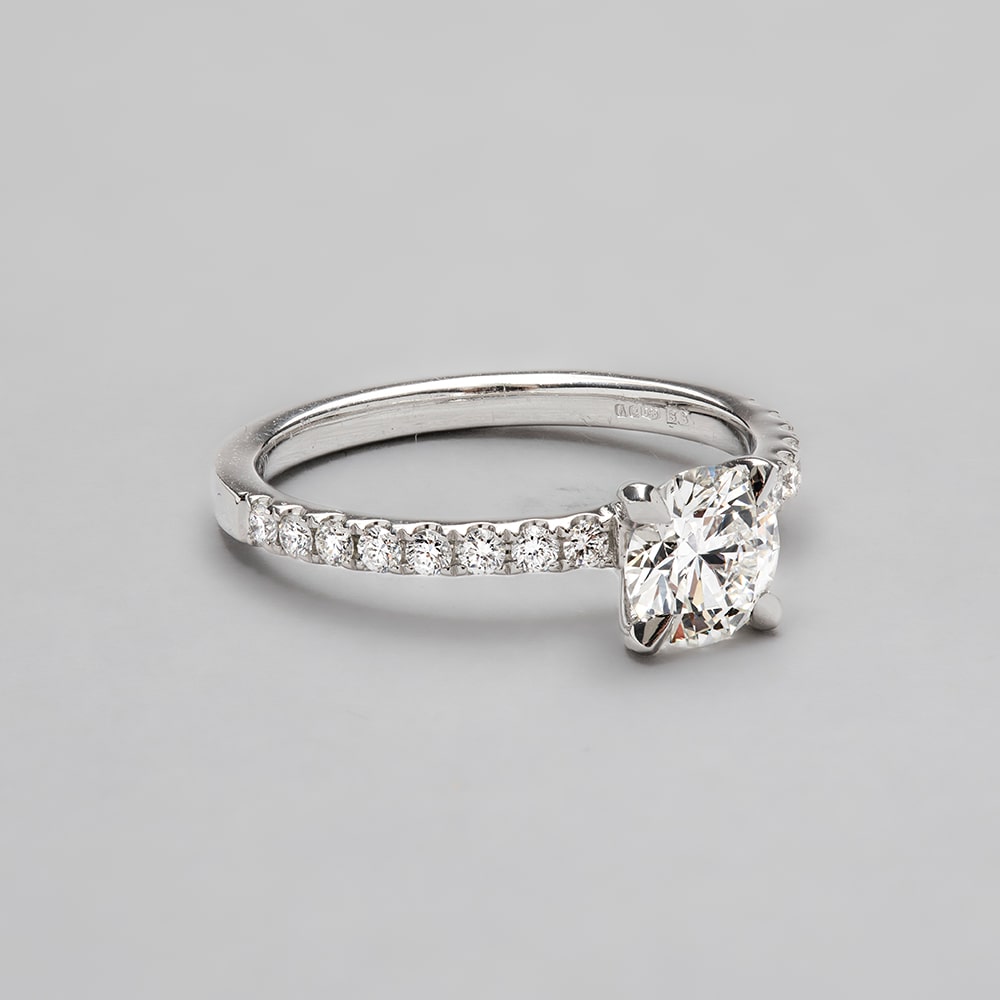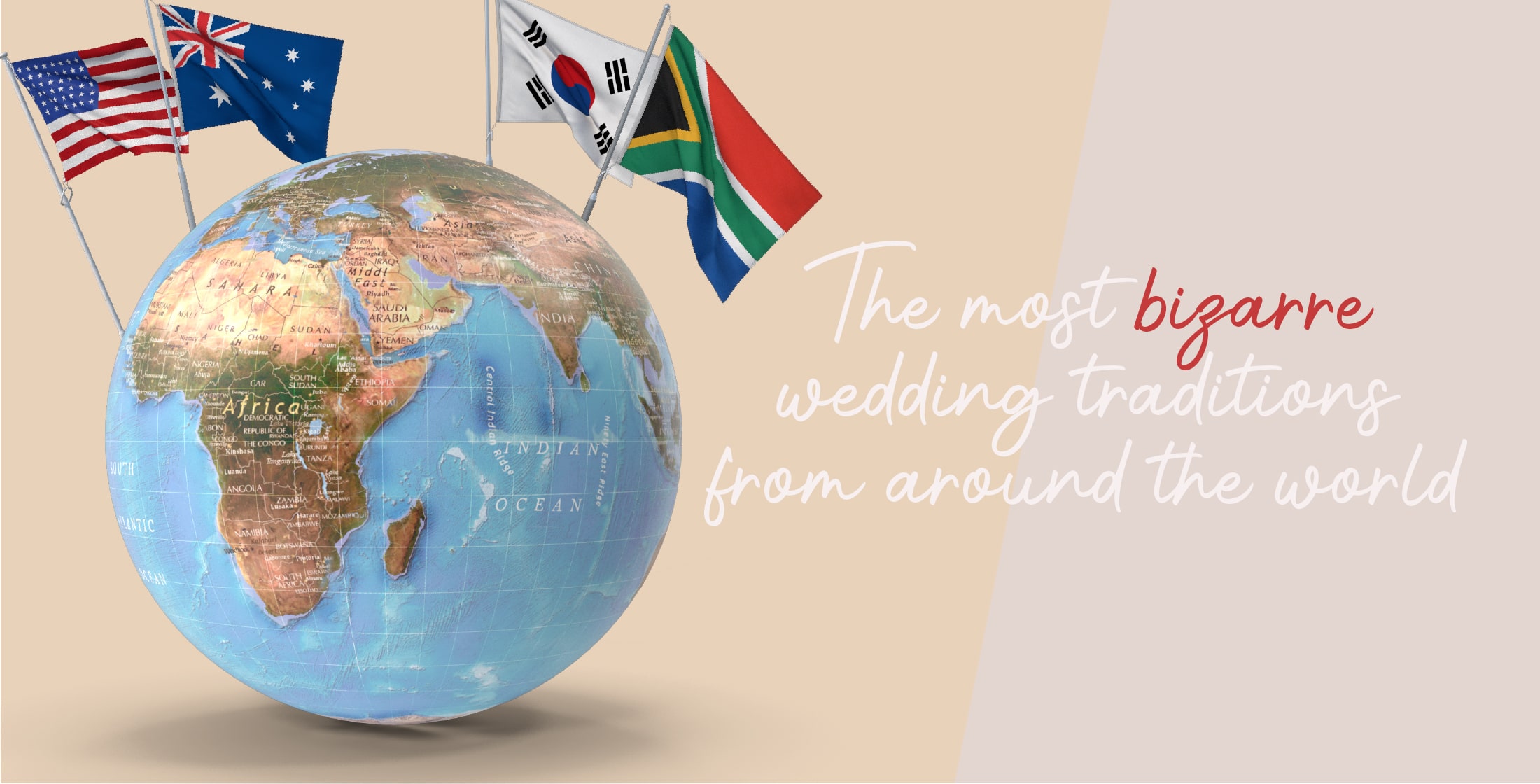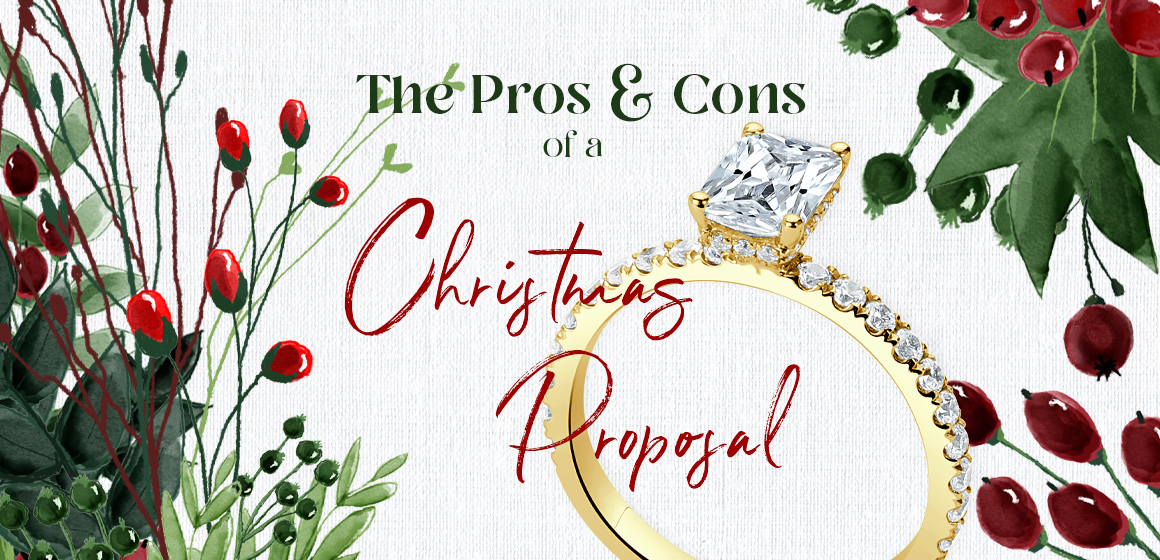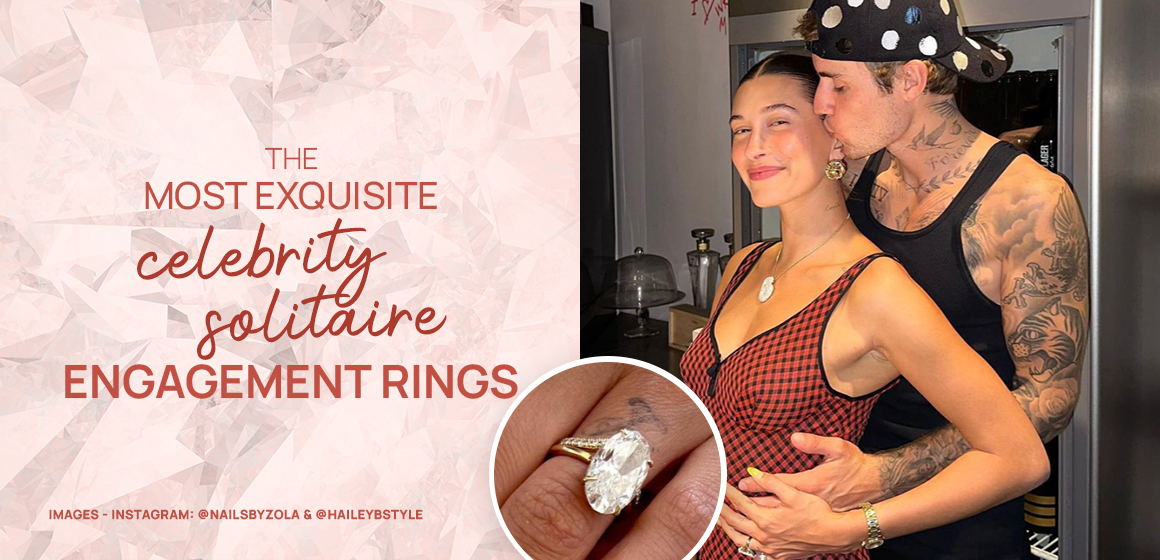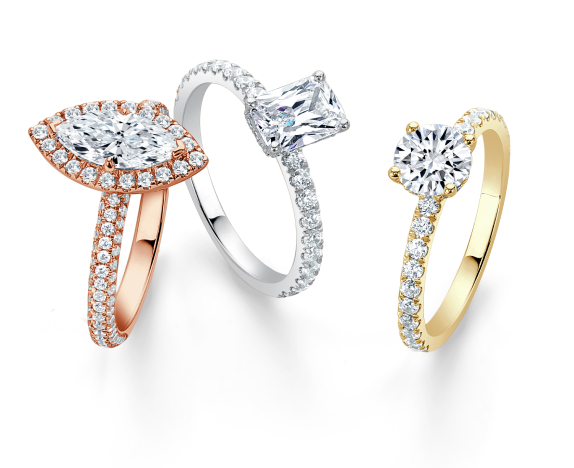What’s the price of an engagement ring in 2024? Well, that depends the type of ring you’re looking for and those ever-important four C’s: carat, cut, clarity, and colour.
If you’re thinking about proposing to your partner this year, you’re probably wondering how much to spend on a ring. It goes without saying that you can’t put a price tag on love, but when it comes to a piece of jewellery as special as this one, it’s always good to get a rough idea.
To help you out, experts at Steven Stone have revealed the average cost of an engagement ring forecast for 2024 by analysing their customer trends data.
As of 2024, the typical expenditure on an engagement ring falls within the range of £4000 to £5000
What can you get for £5,000?
On average, £5,000 will cover the cost of a 0.75 to 1ct natural diamond in a solitaire or halo setting. However, the price of the diamond depends on the cut quality, clarity, colour and shape. A 1ct diamond of the highest quality can cost up to £12,000.
The colour
Typically a 0.80 to 1ct diamond priced between £4,000 to £5,000 will have a clearer colour and sit at the higher end of the spectrum. As you go further down the chart you can see the diamonds look slightly yellow, which means they decrease in price and value.
The Gemmological Institute of America (GIA) colour scale is the industry standard for diamond grading. The GIA diamond colour grades range from D (colourless) to Z (light yellow or brown).
D colour is the highest grade and is extremely rare, it’s the highest colour grade that money can buy, so as you can imagine not many people have the budget for this bling. Near-colourless diamonds, from grade G to J are great value for money, as they still have a great colour, yet are much more affordable.

What about clarity?
When many people start shopping for diamonds, they immediately think they need a flawless stone. However, that’s not always the case. Flawless stones are very rare, not to mention expensive, and the majority of shoppers often opt for a VVS or VS clarity, with minor inclusions.
You can see a full breakdown of the clarity grading below. Flawless (FL) – To achieve a diamond clarity grade of FL, there must not see any visible inclusions in or blemishes on the diamond even under 10x magnification. Believe it or not, it’s very rare to find a diamond that is 100% free of inclusions. In fact, it is estimated that less than 1% of all diamonds have FL clarity.
Internally Flawless (IF). Internally Flawless diamonds will have no visible inclusions when viewed under 10x magnification by a skilled grader, though some blemishes may be seen. These diamonds aren’t as uncommon as FL diamonds but are still extremely rare.
Very, Very Slightly Included (VVS). If a diamond is VVS it can either be one of two grades, VVS1 or VVS2. VVS2 diamonds have slightly more inclusions than VVS1 diamonds, however both grades are still considered to be an excellent quality diamond.
Very Slightly Included (VS). The same applies to VS grade diamonds, they will either be of VS1 and VS2 clarity. These diamonds have minor inclusions that can be either difficult or relatively easy for a skilled grader to identify under 10x magnification.VS diamonds are the most commonly purchased diamonds for engagement rings in the UK.
Slightly Included (SI). An SI grade diamond will either be SI1 and SI2. Unlike the other grades, these diamonds have visable inclusions that are easy for an expert to see using 10x magnification.
Included (I). The final three grades are I1, I2 and I3 clarity. These diamonds have obvious inclusions that can often be spotted without the need for magnification.
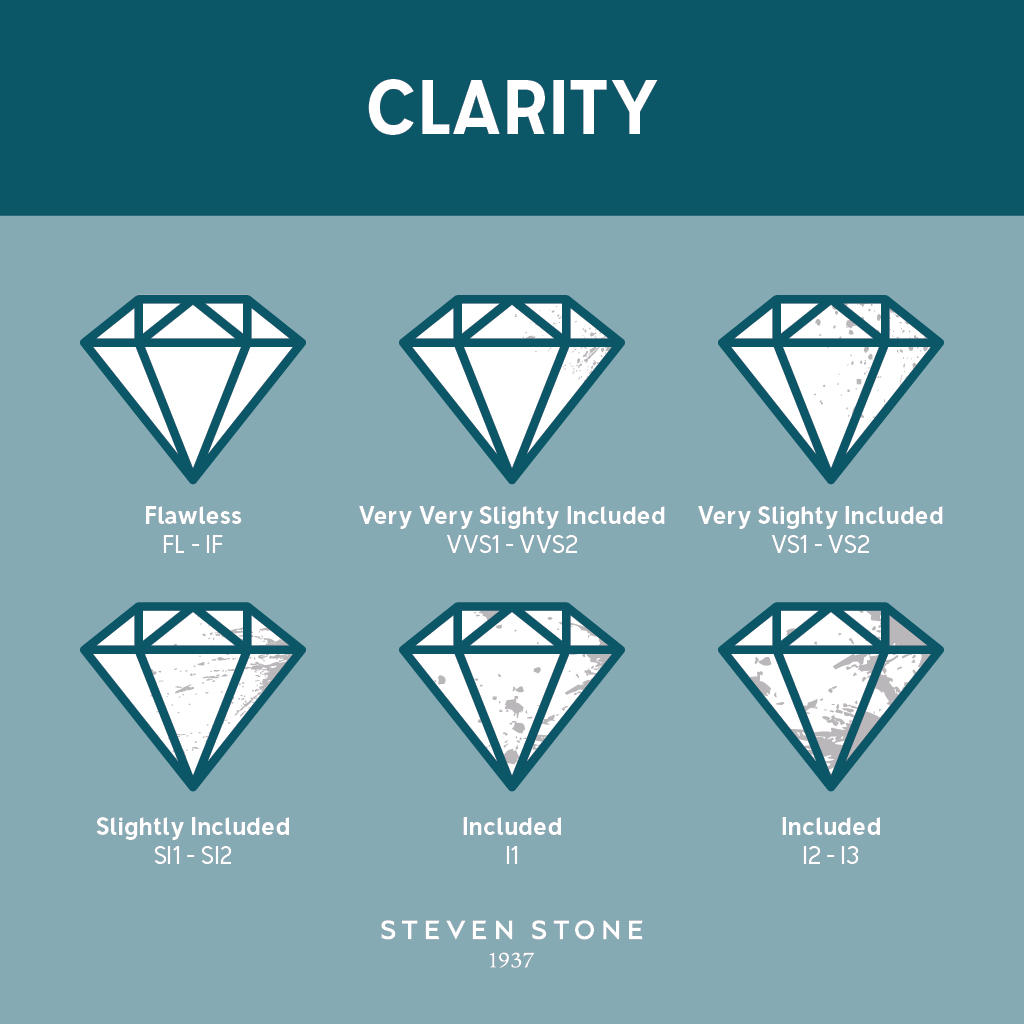
How is the cut of a diamond graded?
The cut of a diamond refers to the angles and proportions created when a rough diamond is transformed by a diamond cutter into its final polished state.The cut grade is a measure of how well light is reflected within a diamond, and is what will produce so called ‘sparkle’.
When shopping for an engagement ring, you should be looking for ‘Very Good’ or ‘Excellent’ cut graded round diamonds. Unless you’re a trained jewellery expert, it’s unlikely you will be able to tell the difference between a Very Good or an Excellent cut stone. Very Good cut stones represent an excellent combination of value and sparkle as they reflect nearly as much light as an Excellent cut stone but for a lower price.
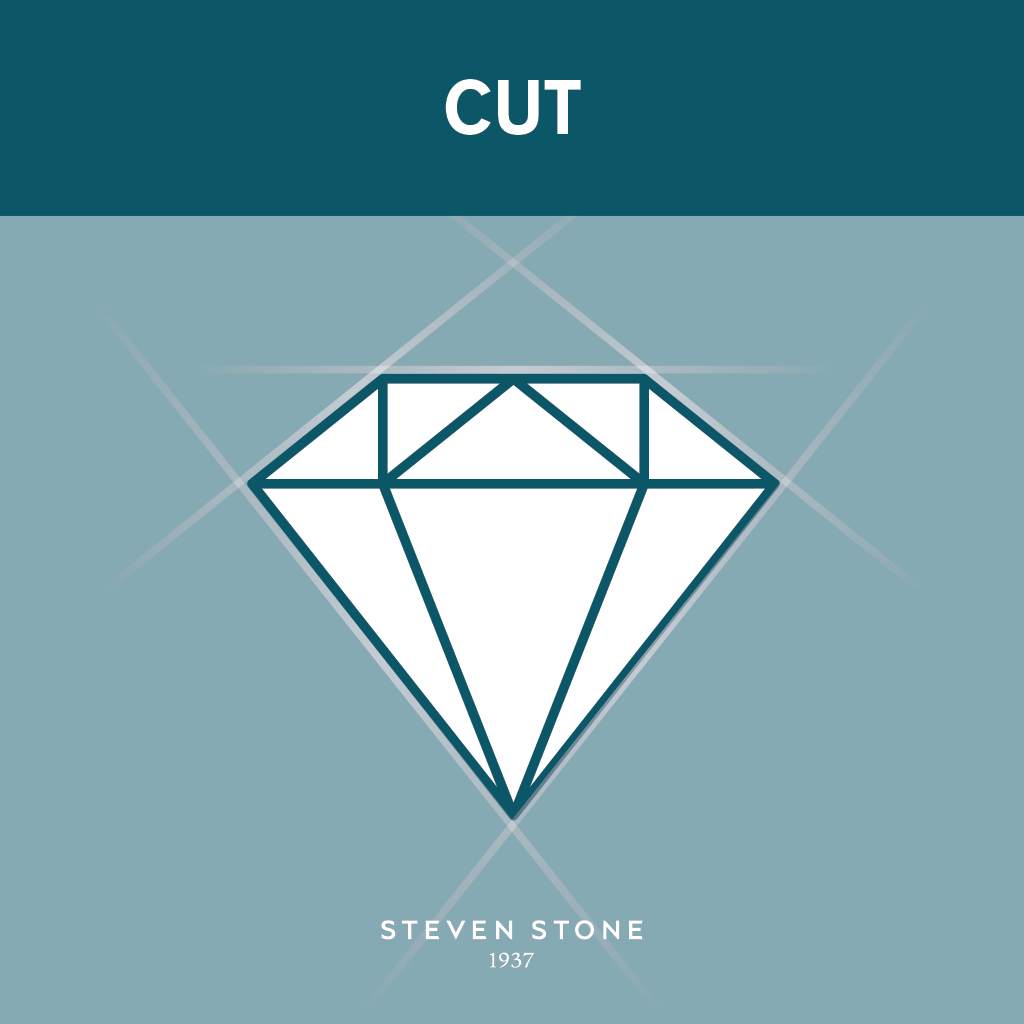
How many carats should an engagement ring be?
The carat is the diamond’s most popular feature and refers to the stone’s weight. Unlike popular beliefs, the carat doesn’t necessarily reflect the value, nor the apparent size. Size varies depending on other diamond aspects, such as cut and shape. However, larger diamonds are rarer than smaller ones, therefore are valued higher.
The majority of our customers choose a 1ct diamond, which is the average weight for an engagement ring in the UK.
However, it is a common misconception that all 1ct diamonds appear the same size. This is not the case, as not the entire diamond is visible from the top down. The percentage of hidden carat weight, or “depth percentage”, determines the surface area of your diamond that is visible when set, and there are strict parameters for a well-cut stone. For example, a well-made round brilliant cut diamond of 1ct in weight should measure between 6.4mm to 6.5mm in width.
If you would like to purchase a 1ct diamond and optimise your engagement ring budget, we recommend choosing a well-made 0.90ct round diamond which measures 6.25mm in width, the same physical size as an average 1ct diamond.
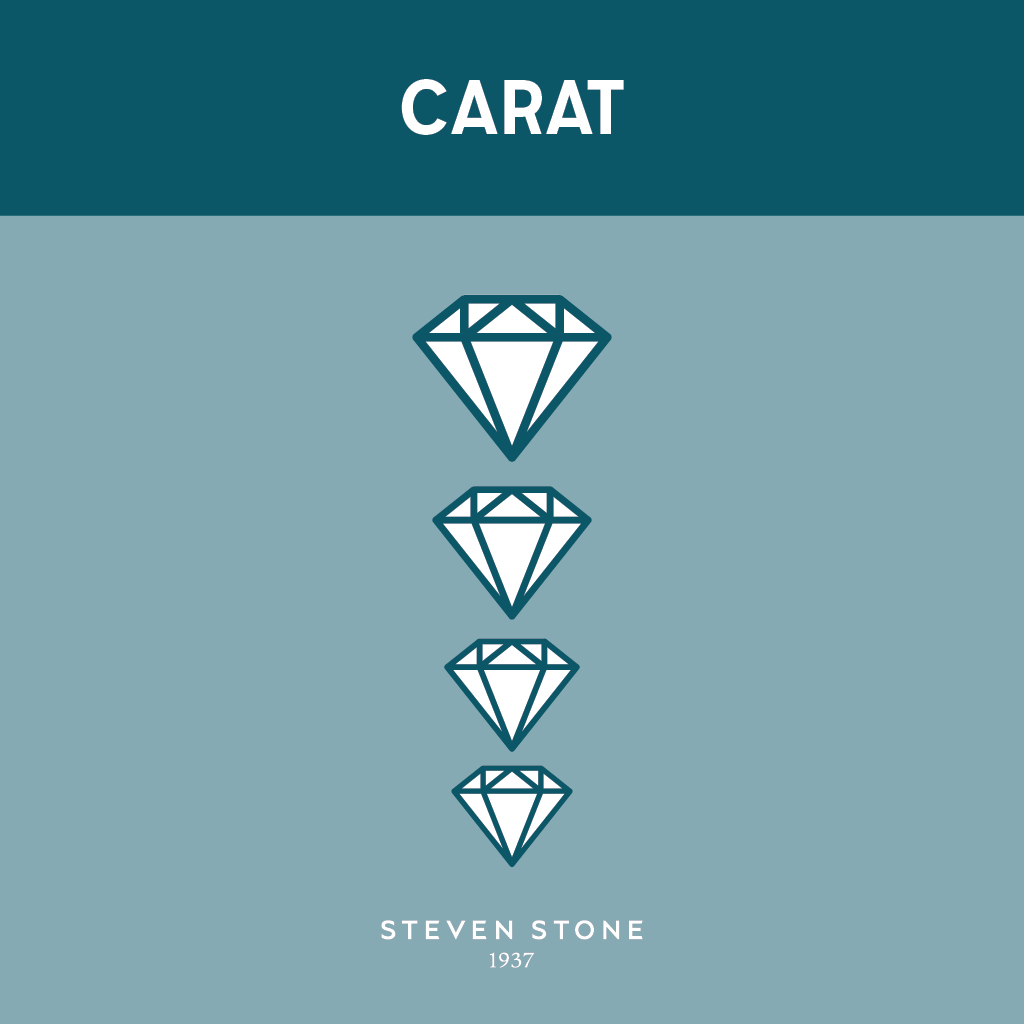
If you would like to purchase a 1ct diamond and optimise your engagement ring budget, we recommend choosing a well-made 0.90ct round diamond which measures 6.25mm in width, the same physical size as an average 1ct diamond.
How much SHOULD I spend?
When it comes to choosing an engagement ring, your initial decision revolves around selecting your budget. Though it emerged as a marketing tactic post World War II to boost diamond sales, people tend to follow the guideline that they should spend three months salary on a ring.
Though the typical expenditure on an engagement ring falls within the range of £4000 to £5000 in 2024, there’s no obligation to conform to this average – what’s most important is that you spend what you’re comfortable with and get the best possible value for your money.
If you’re looking for the perfect engagement ring, why not take a look at our full collection? We also have a vast range of other jewellery – from necklaces to diamond earrings, we’ve got you covered.
If you don’t see anything that takes your fancy, we also offer a bespoke service, where our designers will create a unique piece of jewellery that ticks all the boxes.
Follow us on our socials
Pop over to our social platforms to keep up to date with Steven Stone’s latest jewellery content and news.
